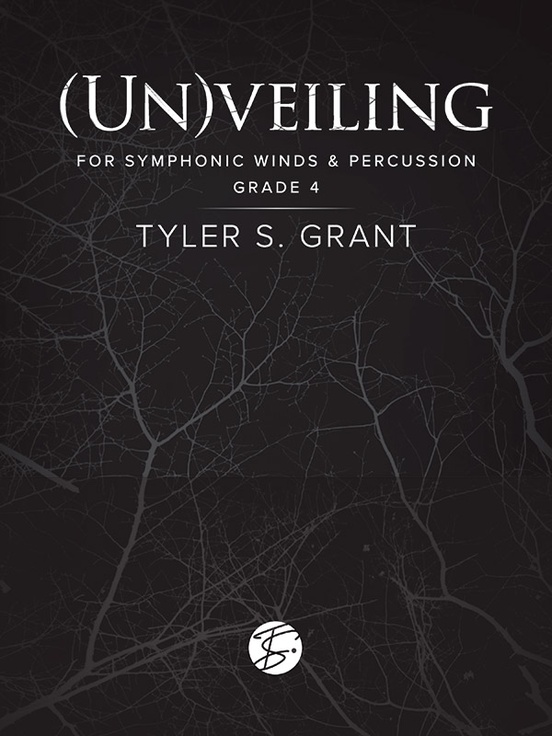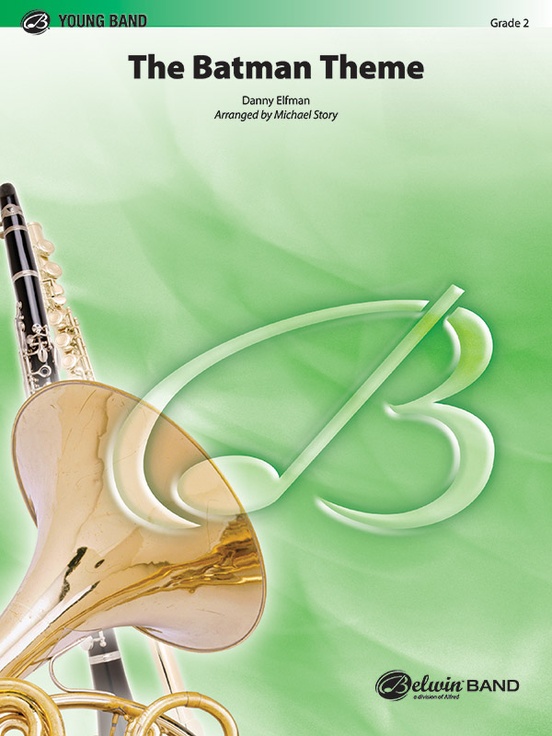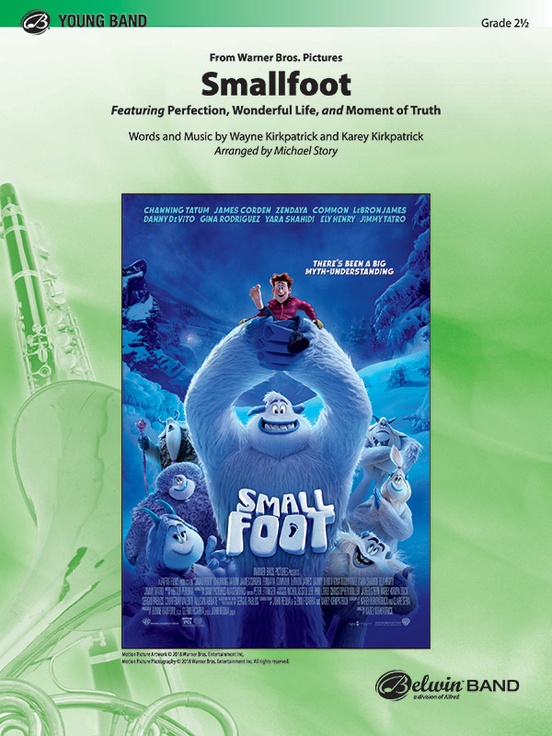Results
-
£94.99
By the Way Wind Band Set (Score & Parts)
Inspiring popular music from the Ukraine. Perhaps one would only expect original folk-music to come out of this part of Europe but nothing could be further from the truth. By the Way is a delightfully swinging little piece which allows you to pull out all stops: a very welcome addition to the popular genre indeed. Your musicians will have great fun in performing this little piece. 03:30
Estimated dispatch 7-14 working days
-
 £214.95
£214.95CANE RIVER MURALS (Prestige Concert Band - Score and Parts) - Ellerby, Martin
This work is based on the African House Murals by Clementine Hunter which are housed and preserved on the Melrose Plantation. The idea of the Cane River binds the five separate movements together in a celebration of dance and colour but also encompasses the dark and spiritual truth that shrouds these murals. Includes: Spring Planting (Spiritual); Wash Day (Scherzo); Baptism, Wedding and Funeral (Triptych); Honky Tonk (Blues); Pecan Harvest (Celebration).Duration: 16:00Recorded on Polyphonic QPRM160D Bells Across the Atlantic
Estimated dispatch 7-14 working days
-
 £49.95
£49.95CANE RIVER MURALS (Prestige Concert Band - Score only) - Ellerby, Martin
This work is based on the African House Murals by Clementine Hunter which are housed and preserved on the Melrose Plantation. The idea of the Cane River binds the five separate movements together in a celebration of dance and colour but also encompasses the dark and spiritual truth that shrouds these murals. Includes: Spring Planting (Spiritual); Wash Day (Scherzo); Baptism, Wedding and Funeral (Triptych); Honky Tonk (Blues); Pecan Harvest (Celebration).Duration: 16:00Recorded on Polyphonic QPRM160D Bells Across the Atlantic
Estimated dispatch 7-14 working days
-
 £112.00
£112.00(Un)veiling - Tyler S. Grant
Suspense, mystery, and adventure converge in this new work by Tyler S. Grant! Inspired by classic thrillers, seeks to find truth in a world of deceit and conflict. Certain to keep audiences on the edge of their seat! (6:15) Original Item#: TSG-B033
Estimated dispatch 3-5 working days
-
 £60.50
£60.50Batman Theme - Danny Elfman / arr. Mike Story
Once again, the Caped Crusader is with us to make the world safe for truth and justice, and just in time! Besides the famous television tune, this lucky hero has a second theme song from the popular new series of movies, and Danny Elfman's opus is given a safe and full scoring by Michael Story. All you have to do is give the downbeat, and great sound will be there. Slam, Bam, Pow . . . we can hear the applause now! (duration 2:30)
Estimated dispatch 3-5 working days
-
 £64.50
£64.50Smallfoot
This delightful through-played medley from the Warner Bros. Pictures 2018 animated film includes Wayne and Karey Kirkpatrick's "Perfection," "Wonderful Life," and "Moment of Truth." The upbeat tunes will be well received by students and audiences alike. Suitable for any concert but, with its hopeful message, particularly for recruiting and spring events. (4:15)
Estimated dispatch 3-5 working days
